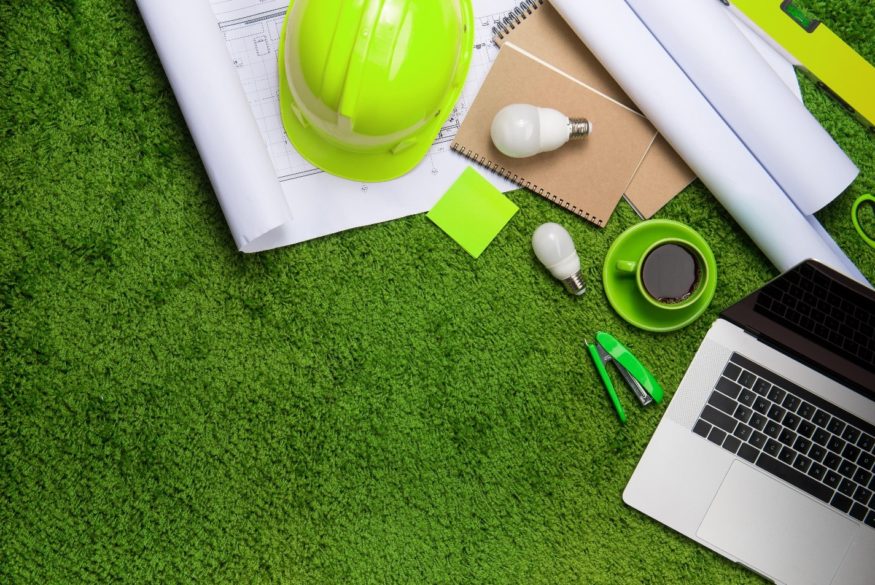Sustainable Sites: What Your Site Needs to Stay Green
The amount of thought and organization that goes into managing a site. While it is always stressful to add another consideration to the plate, keeping a site sustainable can save money and time in the long run, while making a positive environmental impact.
Sustainable site management is also a key component to the LEED O+M credential. The topic can be broken into a few key categories: water, light, and environment.
Water
In both design and construction, the goal is always to have the least amount of environmental impact. Conserving and monitoring water comes down to storm water use. The collection and re-use of rainwater has become commonplace with people doing it in their residential homes. For a commercial site, the intent is to make sure that the natural flow and balance of water on the site stays as consistent as possible.
Runoff and erosion can cause huge problems in a construction project. From foundational shifts to delays in the project. Monitoring the site to make sure there is proper drainage and maintenance of water flow is important to ensuring the site stays usable and stable for years to come.
Every site is different in terms of altitude, sea level and rainfall in the area. That is why it is important to pay attention to environmental impact studies in the area and about your property. Understanding the natural state of water in the area can help you see problems coming and devise strategies for the most sustainable and helpful use of rainwater possible.
Light
Light pollution is sometimes an overlooked environmental impact because it is often unnoticed until you see a site or a city at a distance. It not only stops us from seeing the stars, but it can have detrimental effects on the humans around the source. Making light pollution reduction an intentional initiative in your site management will help create a more sustainable project.
Decreasing light pollution is all about height. Make sure your exterior lights do not emit too high above your site, and if they do, think about investing in shields. Construction sites are notorious for light pollution because typically they cause a quick influx of new flood lighting. Many cities are suggesting construction sites be purposeful in the direction and type of lights used in new projects to decrease the light pollution caused.
Scheduling is also important when it comes to sustainable light use. Keeping the electrical running costs money, so make sure your building schedule is clear about when flood lights are needed. This way there is a lower chance of unnecessary waste. Also, be conscious of what kind of lights are being used for security reasons and perhaps consider an energy–saving tactic such as motion-based lights.
Environment
Most sites begin as pieces of land with their own ecosystem and native environment. Even completed sites still exist in the ecosystem on which they are built, and it is up to the site manager to make sure that the ecosystem stays as undisturbed as possible.
Make sure to take note of the invasive and native plants surrounding your property and aim to landscape according with the ecosystem around you. Landscaping can also be used to prevent erosion and use compost collected by the building, if applicable.
After a property is built, consider possible sustainability initiatives such as vegetation or beehives. While the sight is in construction, be sure to consider irrigation plans and possible ice control to ensure the health of the vegetation and landscaping in the area.
Site management before, during and after construction is a task that involves multiple considerations, budgets, and needs from different groups. Managing a site sustainably can be good for everyone, including the planet. Whether it is just a few tweaks or a full-scale environmental strategy, adding sustainability as a key interest in your site management can keep your site a little greener.









